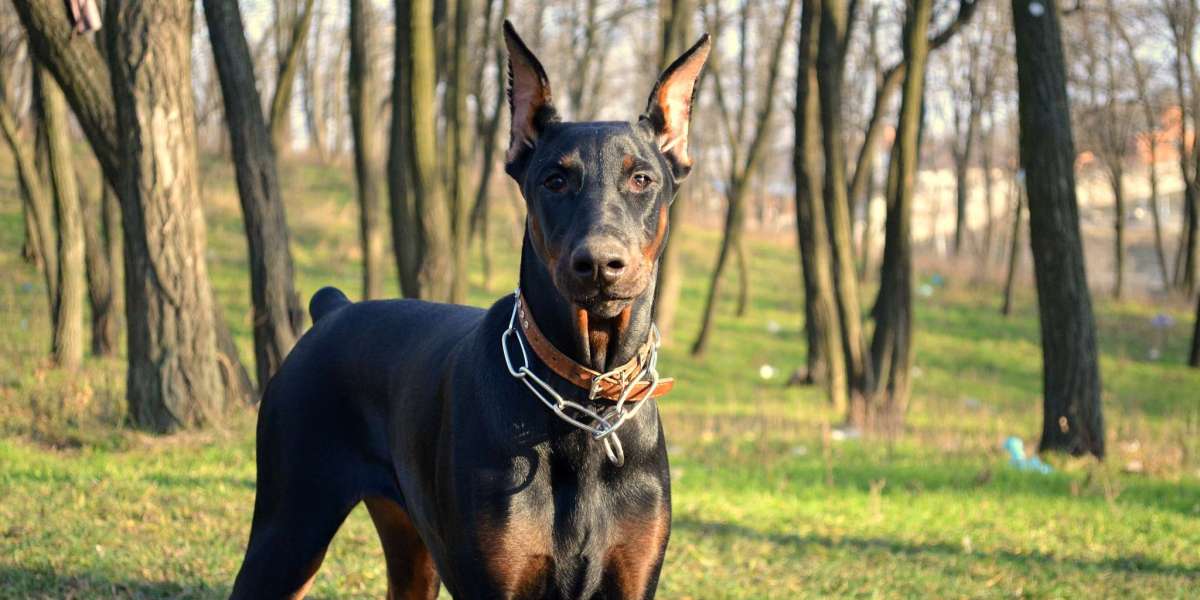The Doberman Pinscher is a highly esteemed breed known for its loyalty, intelligence, and protective nature. Originating in Germany, the Doberman has since evolved into several variations, including the European Doberman and more specifically, the Serbian Doberman Pinscher. Among the many questions potential owners and enthusiasts often ask is whether the Brown Serbian Doberman Pinscher is recognized by breed standards. This blog delves into the intricacies of Doberman breed standards, focusing on the brown variety of the Serbian Doberman, its recognition status, and what sets it apart from other Dobermans.
Understanding the Doberman Pinscher Breed Standards
To appreciate the nuances of the Brown European Doberman, it is essential to understand the general breed standards set by major kennel clubs. The American Kennel Club (AKC), Fédération Cynologique Internationale (FCI), and other significant dog breeding organizations have detailed descriptions of what constitutes an ideal Doberman.
AKC Standards:
Coat colors include black, red, blue, and fawn (Isabella).
Rust-colored markings on the chest, muzzle, legs, and above the eyes.
No mention of a specific 'brown' Doberman, as 'brown' generally falls under the red category in the AKC standards.
FCI Standards:
Recognizes black and tan, brown and tan (referred to as brown), blue and tan, and fawn and tan.
Specifies a robust and muscular build, fitting the working dog category.
The European Doberman
The European Doberman is recognized for its larger, more robust build compared to its American counterpart. It adheres to the FCI standards and is favored for protection and working roles. European Dobermans are typically bred for utility and adherence to the original working dog purpose of the breed.
Key Characteristics:
Larger frame and bone structure.
Higher drive and energy levels, making them excellent for working roles.
Recognized colors include black, brown, blue, and fawn with rust markings.
Serbian Doberman Pinscher: A Subset of the European Doberman
The Serbian Doberman Pinscher, a subset of the European Doberman, has gained popularity for its particular traits and adherence to specific breeding practices. Serbian breeders focus on maintaining the breed’s working capabilities, temperament, and overall health. However, the term "Serbian Doberman" is more of a regional identifier than a distinct breed category. They adhere to the same FCI standards as other European Dobermans.
Recognition:
FCI recognizes the colors black, brown (red), blue, and fawn.
No separate breed classification exists specifically for the "Serbian Doberman."
The Brown Serbian Doberman: Recognition and Standards
When discussing the Brown Serbian Doberman, it's important to clarify that this refers to the brown (or red) coloration specified by the FCI standards. This color is recognized under the broader category of the European Doberman and thus adheres to the same standards without any additional distinctions.
Breed Recognition:
Recognized by FCI under the European Doberman category.
Accepted in major European Doberman breeding clubs and organizations.
No separate recognition by AKC, as it does not differentiate by region but rather by the standard coat colors.
Characteristics of the Brown Serbian Doberman
The Brown Serbian Doberman, like its European counterparts, is known for specific traits that make it a desirable dog for various roles, from companionship to protection.
Physical Traits:
Coat Color: Rich brown with rust markings.
Size: Larger than the American Doberman, fitting the European standard.
Build: Muscular, robust, with a noble and elegant appearance.
Temperament:
Loyal and protective, making it an excellent guard dog.
Intelligent and trainable, excelling in obedience and working roles.
Energetic and requires regular physical and mental stimulation.
Doberman Breeders in Europe
For those interested in owning a Brown Serbian Doberman, it's essential to find reputable breeders. European breeders, especially those in Serbia, are known for their commitment to maintaining high standards in breeding practices.
Finding Reputable Breeders:
Look for breeders who adhere to FCI standards.
Ensure they conduct health tests, including screenings for hip dysplasia, cardiac issues, and genetic disorders.
Visit breeding facilities to observe the living conditions and temperament of the breeding stock.
Renowned Breeders:
Many top breeders in Europe are located in Serbia, Germany, and other parts of Eastern Europe.
Clubs and associations often have breeder directories and recommendations.
Conclusion: The Brown Serbian Doberman's Place in Breed Standards
The Brown Serbian Doberman Pinscher, while not a distinct breed, is a recognized color variant within the European Doberman category. Adhering to FCI standards, this variation is esteemed for its physical robustness, excellent working capabilities, and loyal temperament. Prospective owners should seek out reputable breeders in Europe who prioritize health, temperament, and adherence to breed standards.
Understanding the standards and recognition of the Brown Serbian Doberman helps enthusiasts and potential owners make informed decisions about breeding, training, and caring for these remarkable dogs. Whether for companionship or as a working partner, the Brown Serbian Doberman embodies the best qualities of the Doberman breed, upheld by rigorous European breeding practices.








